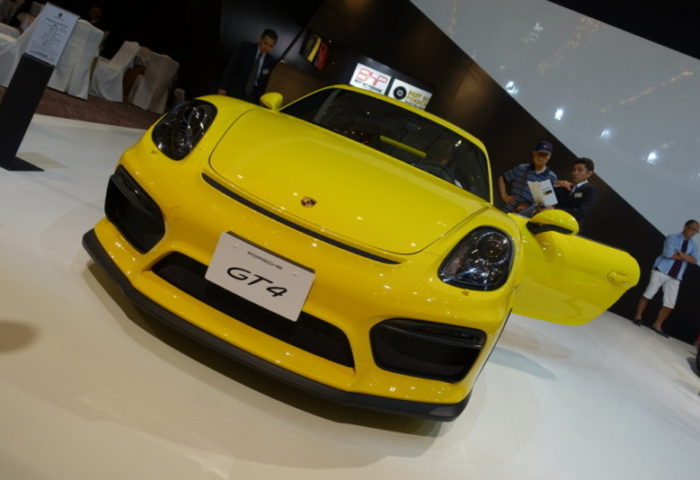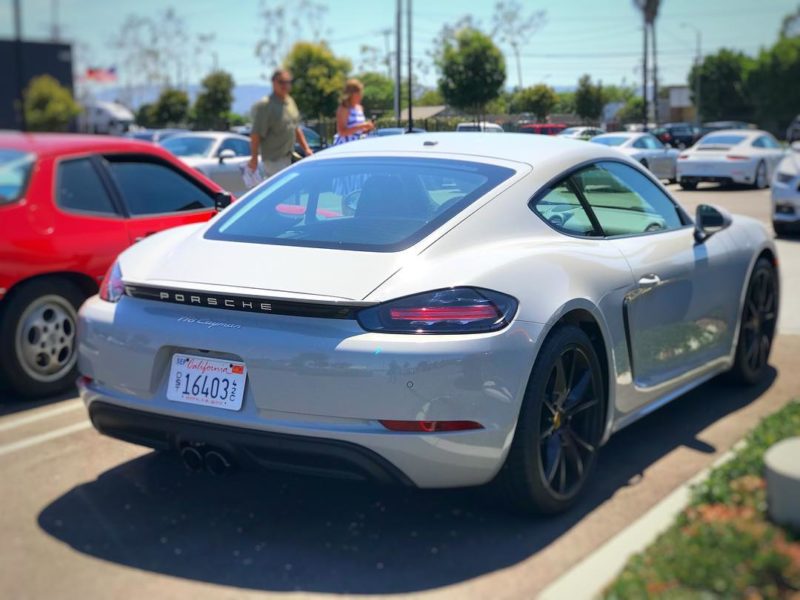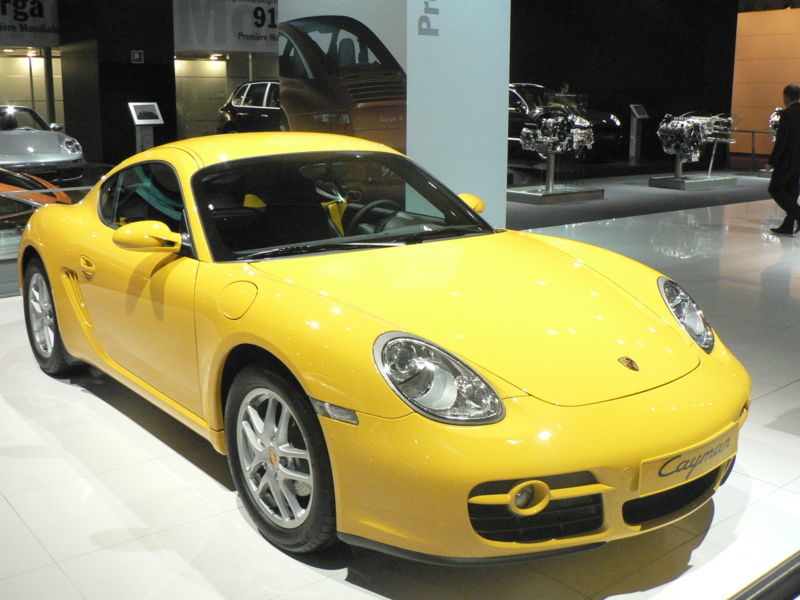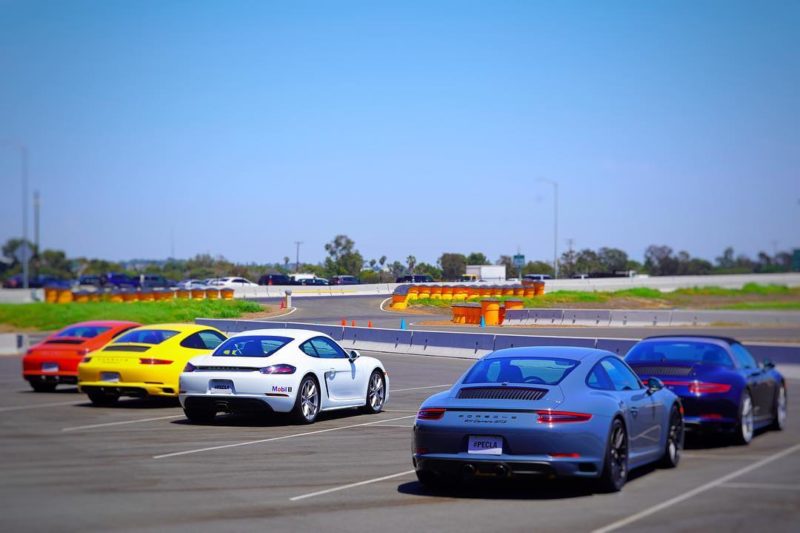Is Porsche Preparing to Launch the “Cayman T”? A Look Back at the Original Cayman’s Specs and Reviews
公開日:

Porsche Cayman
The other day, I came across an online news article stating that “Porsche is preparing to launch a new model called the 718 Cayman T.” I thought, “So not just the 911, but now a T version of the Cayman too?” Then it suddenly hit me…
There isn’t a single article about the Cayman on this blog yet.

Despite updating articles daily, why haven’t I written about the Cayman…? There’s no deep reason—in fact, I’ve wanted to post about the Cayman, but I don’t know anyone who drives one, nor have I had the chance to see one up close, so it just never happened. Before starting this blog, my husband briefly test drove a friend’s Cayman GTS, but that friend recently switched to a 911.
So, taking this opportunity, I decided to research the history of the Cayman and how it has evolved since its launch. However, as I started digging, I found there was an overwhelming amount of information (which makes sense), so this time, I’ll focus on summarizing the original Cayman’s specs and reviews. I plan to write about the 718 Cayman in more detail later.
2005: The Cayman Debuts
The Cayman is a coupe model derived from the open-top Boxster (987 model), and it was introduced in 2005 starting with the Cayman S. The name comes from the reptile genus “Caiman,” a type of alligator.

*Image source: Wikipedia “Porsche Cayman”
Since the Cayman is derived from the Boxster, it basically shares the same:
– 2-seater layout
– Flat (boxer) engine
– MR (mid-engine, rear-wheel drive) layout
However, unlike the open-top Boxster, the Cayman has a closed body, and at launch, its torsional rigidity was set to be twice that of the Boxster.
Regarding performance, following the fundamental principle that “the soul of Porsche resides in the 911,” the Cayman’s engine was based on the Boxster’s but bored out to 3.4L, combined with the cylinder heads and crankcase from the 911 (997 model).
And yet, the price started in the 6 million yen range in Japan, making it quite a bargain.
At the time, many articles compared the Cayman to the 911, and preliminary spec comparisons highlighted:
– The Cayman is about 100 kg lighter than the 911
– The mid-engine layout makes the Cayman easier to drive than the rear-engine 911
– The 2-seater Cayman offers more cargo space than the 2+2 911, making it more practical for daily use
– The Cayman is significantly cheaper than the 911
So the tone was very much in favor of the Cayman, but when it came to actual test drives, the verdict usually favored the 911 for being more “Porsche-like.”
Also, while it’s generally said that mid-engine sports cars outperform rear-engine ones, and the Cayman was lighter than the 911, the Cayman never beat the 911’s lap times…
That’s because the 911 was always positioned as the top model, and the Cayman’s engine was deliberately limited so that it wouldn’t outperform the 911’s 3.6L engine of the time.
The Relationship Between the 911 and Cayman
As I organized information about the Cayman, I started feeling a bit sorry for it (-_-). After all, Porsche is always centered around the 911.
It’s like the eldest and second sons born into a samurai family during the Sengoku period—“The younger brother can never surpass the outstanding elder brother. No matter how hard he tries, the eldest inherits the family.” Well, maybe I’m anthropomorphizing a bit too much, haha… (The Cayman GT4 released in 2015 finally beat the 911’s circuit lap times at the time.)
Since then, the Cayman has undergone a full model change as the 718 series, evolving further, and now there’s even news about a possible “Cayman T release?”
By the way, Cayman sales have been strong; in 2017, the combined sales of the 718 Cayman and 718 Boxster worldwide increased by 6% year-over-year to 25,000 units. Impressive.
*Porsche sets new sales record again in 2017
The Best of Both Worlds: Cayman
Researching the Cayman made it clear that the Cayman is a great value Porsche that combines the best features of the Boxster and 911.
It’s a 2-seater with a mid-engine layout, offering excellent weight balance for a sports car. Unlike the Boxster, it has a closed body for greater rigidity, decent cargo space in both front and rear trunks, and its price is about half that of a standard 911.
The Cayman is often called the entry-level Porsche, and it’s easy to understand why many people think, “The 911 is expensive and seems hard to handle, so I’ll start with a Cayman.”
The only thing that bothers me a little is the Cayman’s rear design. Of course, the Cayman’s rear looks nice, but when placed side by side with the 911, it can’t quite match the 911’s refined and beautiful styling (maybe that’s part of Porsche’s strategy?).

I love the 911’s rear design, and my husband and I were thrilled that the current Panamera has become more stylish, closer to the 911’s look, so that’s something I notice.
Though I write about this so confidently, I’ve never even ridden in the Cayman’s passenger seat, so I’d love to try it sometime. I hope someone I know drives one on the Royu Driveway (laughs). By the way, a reader once asked me to write about the differences between the Cayman and Boxster, so I’d like to cover that someday too.
このブログが気に入ったらフォローしてね!


Comment ( 0 )
Trackbacks are closed.
No comments yet.